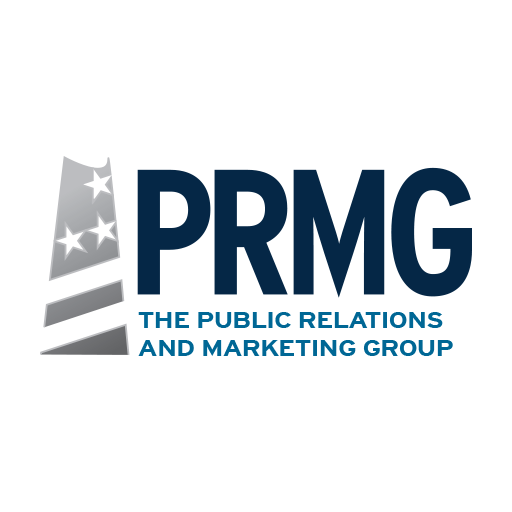The Web can be a great place to showcase your product or service and get out your message directly to your customers. However, with the evolution of the Web into a crowded marketplace, being found easily by your target audience can often be a challenge. By strengthening your online presence and improving your rankings in search engines, you can enable consumers and media to find you at the precise moment that they are looking for information or need a particular product or service that you can provide.
Wikipedia defines Search Engine Optimization (SEO) as the process of improving the volume or quality of traffic to a Web site from search engines through search results. Usually, the higher a site ranks in search results, the more traffic it receives from search engines. In simple words, SEO is mostly based on three steps:
• Identifying a profitable key phrase
• Creating content around the key phrase
• Building backlinks around the key phrase and other relevant content
Backlinks are clickable words, phrases or images that take a user from one Web page to another. While quality and not just quantity of the links is important, more and more backlinks to your site can help improve your search engine rankings.
Traditionally, SEO has only been associated with marketing and Web development, with a focus on Web site usability and architecture. While optimizing Web copy, graphics and multimedia files for search engines is important, most organizations ignore the importance of public relations in driving SEO results.
Here are a few PR tips and techniques that can be used to achieve better SEO results:
News releases
With most journalists increasingly looking online for information, e-mail pitches alone are not very effective. By posting the latest news releases about your company on online news distribution services and your Web site, you can ensure that journalists can easily access newsworthy information about your company.
Besides journalists, most consumers and other target audiences use the Web as their primary source of information. This has changed the traditional public relations practice of distributing press releases exclusively to the media. Press releases can now serve as a great tool to directly reach your target audience with the latest news and information about your company or organization, and direct them to your product or service.
In The New Rules of Marketing and PR, David M. Scott offers a great example of how this can be done effectively. While researching on marketing programs that deliver revenue faster and help shorten the sales cycle, he googled the phrase “accelerate your sales cycle.” The highest-ranked result on Google was for a press release for a new product by WebEx, a company that provides online collaboration services. The press release, distributed through an online news release service, had direct links pointing to WebEx’s site with additional links to free trial offers for their services. The release had been optimized for relevant search terms and phrases, so that people searching for those phrases could find it easily.
Using tools like Wordtracker, you can identify keywords and phrases that can be included in the headline and copy of the news release. However, it is important to strike a balance between including keywords and content relevant to your audiences. If keywords are overused, search engines will reject your press release.
Submitting articles
Submitting bylined articles to relevant online publications and Web sites can be a great way to not just strengthen your online presence and SEO, but also help to display your organization’s expertise and thought leadership. Again, the quality of links is important; getting placed in a top-tier publication will boost your search engine optimization much more. Submitting blog articles or articles from your organization’s internal newsletter can also be a great way to generate additional clicks without creating new content.
Participating in blogs, online forums and microblogs
Starting your own blog with content that includes relevant keywords and internal links to your Web site can be a great way to optimize your Web site. Since blogs can be updated more frequently, search engines looking for fresh content will rank it higher and make it more searchable. Participating in forums relevant to your industry or field, you can drive your message to a highly targeted group. A good way to contribute to online forums is to post questions or comments with a link to your site. Posting your Web site URL to your Twitter profile or including your Web site link in a direct message to new followers can also help boost traffic to your Web site.
For more information on our social media and digital marketing services, contact PRMG at johnzaher@theprmg.com.


